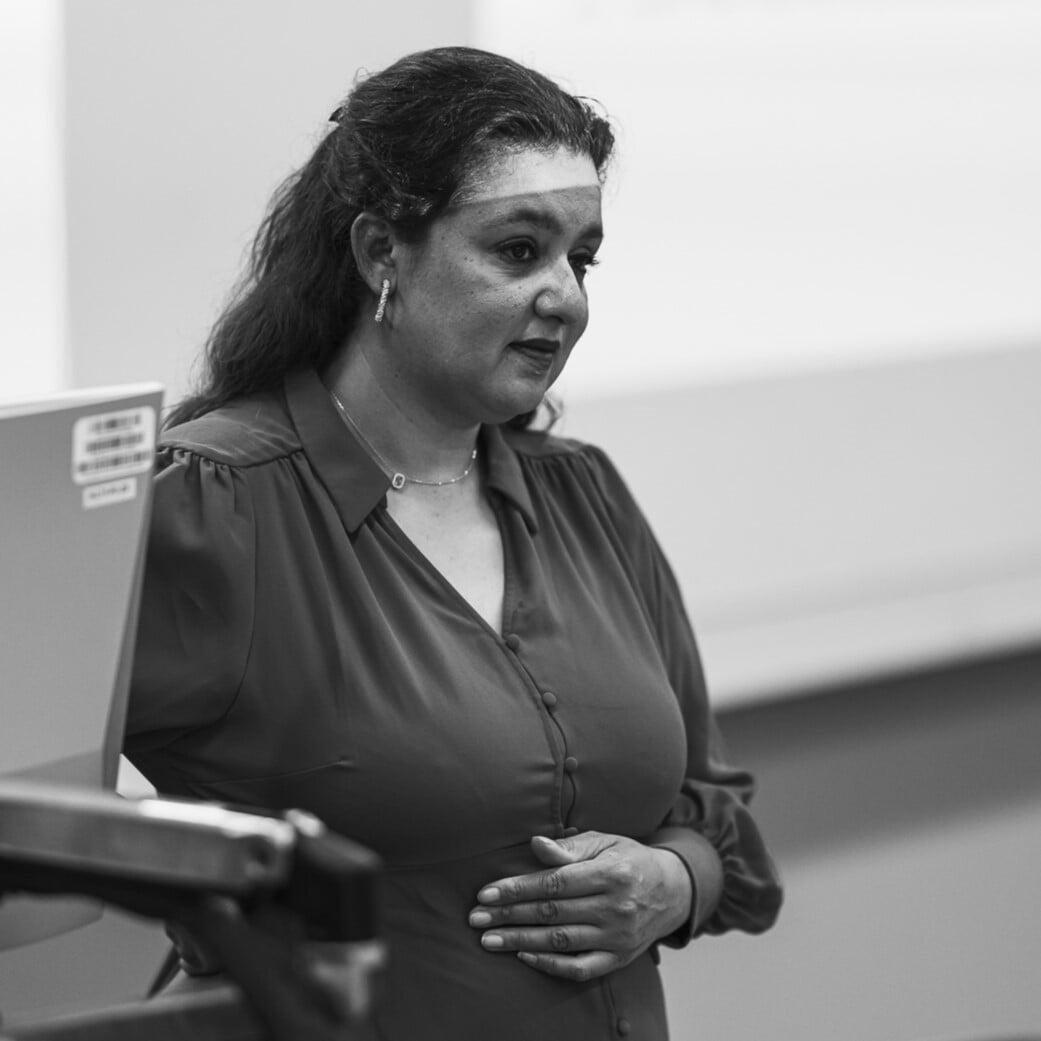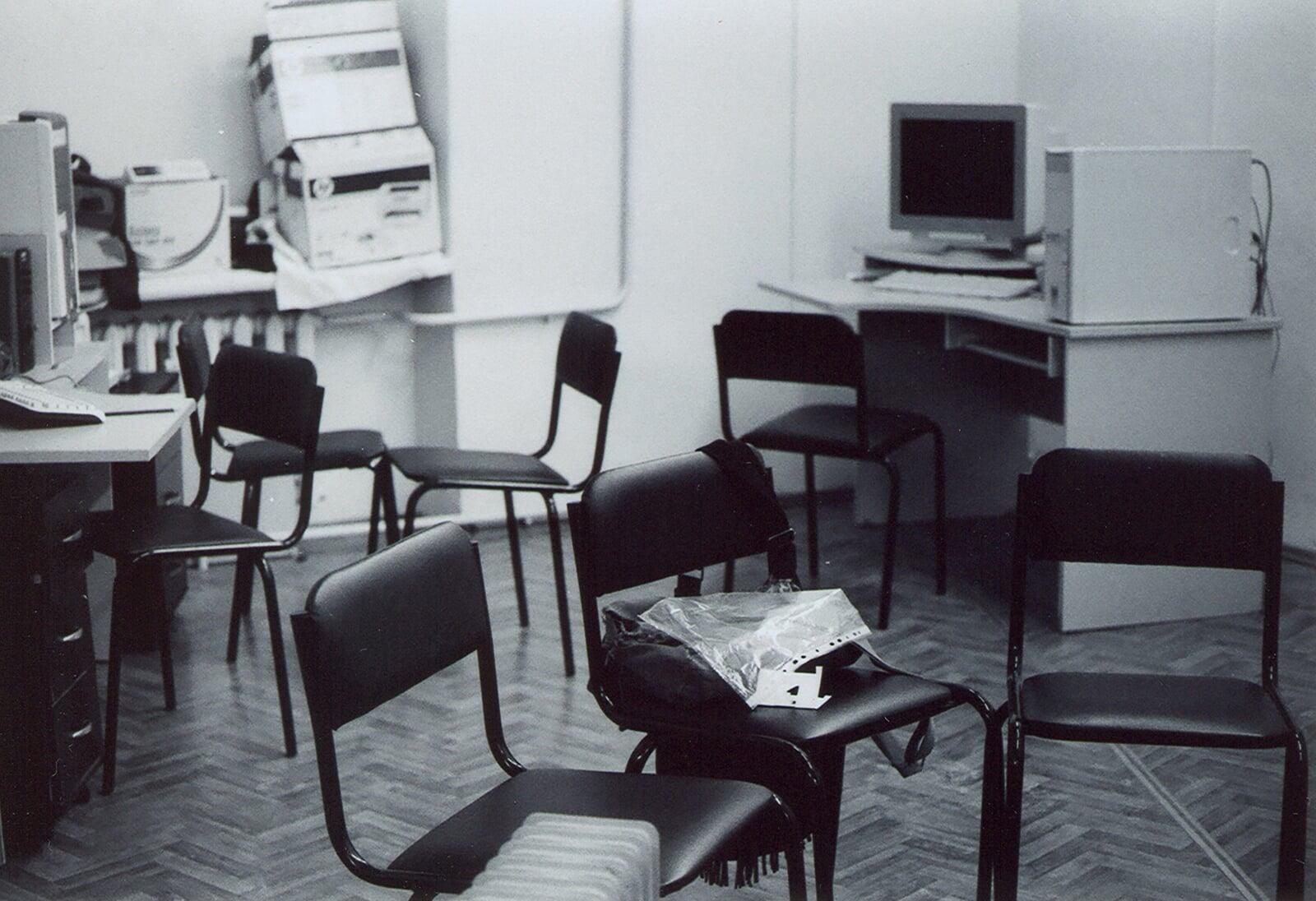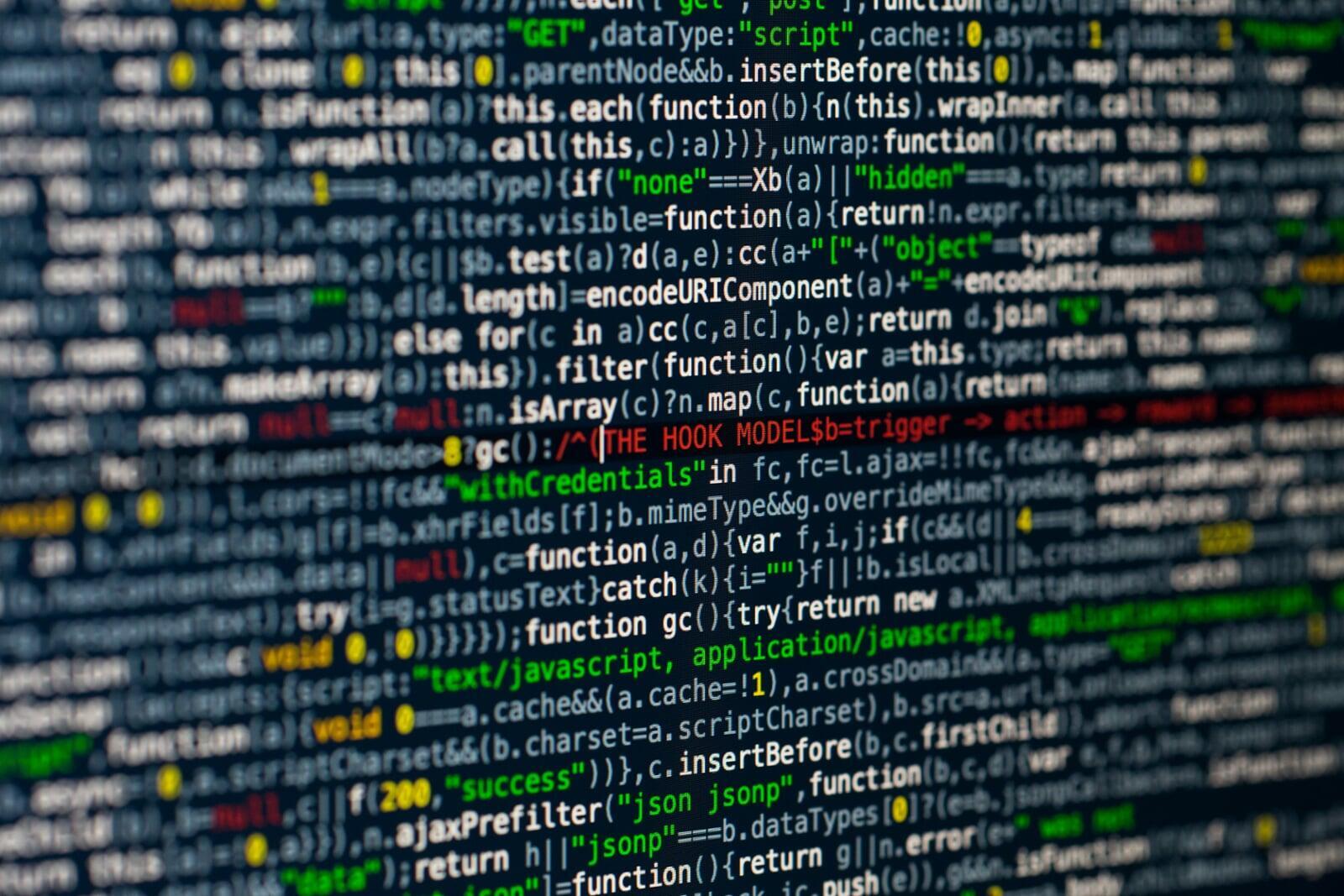Each month, Digital Schoolhouse welcomes you to The Playful Classroom,
where we'll explore the challenges and opportunities shaping computing education today.

Shahneila Saeed is Head of Education at Ukie and the Director of Digital Schoolhouse. She served as Head of Computing at an Inner London school for over 15 years before joining Ukie, where she spearheaded the creation of the Digital Schoolhouse Programme.
She is a prolific author, having penned books like "Hacking the Curriculum: Creative Computing & the Power of Play", "How to Raise a Tech Genius" and the forthcoming “Max Computing” series. She actively contributes to the field as a board member, trustee, and advisor for organisations including NCCE, Digit<all>, and Into Games.
I qualified as a teacher in 1999 so remember when the ‘old ICT’ curriculum was still brand new and recently introduced.

One of the best things about it was how open to interpretation it could be. It allowed me to experiment with new ideas all the time. Back in the early noughties when all the ICT textbooks walked you through databases, spreadsheets, desktop publishing and word processing I was able to explore new and upcoming trends in technology. My Key Stage 3 students edited their own audio podcasts and movies, made interactive flash animations, programmed a turtle and a virtual robot and even programmed their own video games. And yes, they did that alongside the word-processing, spreadsheets and databases. But I opted for scenarios such interactive storytelling and solving crimes.
I actively hunted for examples of people doing things differently. Ways to get our students to reconnect with the subject and enjoy it, especially those at GCSE and A-Level. It connected me with Prof. Paul Curzon from Queen Mary University of London and for the first time I discovered how you can use magic to teach computer science. The work of Professor Tim Bell from the University of Canterbury in New Zealand helped me to not just learn encryption techniques but also how I can use a chocolate bar and a locked box to explain it in extremely simple terms to my students.

My research led me to connect with a group of individuals that later became known as the subject association called Computing At School (CAS). Led by Simon Peyton-Jones and Simon Humphreys the group sat down together to answer the very aspirational question “If the DfE introduced Computer Science onto the school curriculum tomorrow, what should that curriculum contain?”. That work became a somewhat extensive Body of Knowledge document. Which then became one of my source materials for completely revamping my own school curriculum again. By 2011 my school was delivering a Key Stage 3 computing curriculum that integrated the principles of computer science, digital skills and digital creativity.
My next challenge was to work out how we can apply the same innovation to Key Stage 3 assessment techniques. But then motherhood happened, and I went on maternity leave.
By the time I returned, industry had joined the campaign for curriculum reform and Ukie had released the NextGen Skills report. The government listened, and announced it was disbanding the ICT curriculum, leaving everyone free to experiment before a new Computing Curriculum was released.

People reacted to this news in different ways. Some like me, simply jumped for joy. I had free reign to continue to innovate. And for me, this innovation wasn’t just in subject content but also pedagogy. It’s when my play-based learning approach to teaching computing really began to pick up speed. Other schools reacted differently. Some teachers, buried their head in the sand, awaiting the next decision which would see a reversal of the news. And in some cases, unfortunately, IT teachers were made redundant; departments shrunk or eradicated all together.
Amongst this, another piece of work began. Writing the National Curriculum Programmes of Study. The DfE approached BCS and CAS to draft the programmes of study. I was one of the fortunate individuals that formed part of the working group that came together to draft the Programmes of Study. It wasn’t an easy task, and there was plenty of debate. But fundamentally what stuck was a focus on the key underlying discipline of Computer Science, something that was more timeless than the passing trends of technology. If I was able to go back, what would I change? I’d have fought harder for the Programmes of Study to include a greater emphasis on the Digital Creativity aspects of the subject. I lost this argument at the time though, mostly I think because there was a need to move away from anything that remotely resembled the ‘terrible ICT curriculum’ that had just been removed. Computer Science was a rigorous scientific discipline not a ‘soft subject’ that could be ignored as it was previously, it was essential to our future, and we needed everyone to recognise that. We needed everyone to understand the fundamentals of programming.

With the new Programmes of Study finally launched in 2014, it was time for the next problem to be tackled. Over two thirds of the teachers still teaching the subject didn’t have the subject knowledge required to do so. So, a concerted effort of upskilling a nation of teachers began. It was in this space that Ukie was awarded grant funding by the GLA’s Mayor of London’s Schools Excellence Fund. During Boris Johnson’s time as Mayor of London, he released funding that enabled Ukie to employ me and create the Digital Schoolhouse programme.
Having full creative freedom over the development of a model was fun, exciting, challenging and refreshing. I had free reign to take stock of all the academic expertise and my own practitioner research. It gave me time to dive deeper into what had worked whilst I was teaching and why. It is during these early years that I wrote my book with Ian Livingstone, “Creative Computing and the Power of Play” and within it for the first time set down what a play-based learning approach to teaching the computing curriculum looks like.
I developed our workshop resources; “Get with the Algo-rhythm” later followed by “Just Dance with the Algorithm” which both set out to show how you can use dancing to teach algorithms and programming. Resources like “Surprise Stories” taught programming through storytelling; and workshops such as “Beautiful Numbers” and “Crazy Graphics” combined mathematics, art and computer science into one wholistic approach. Through my next book “How to Raise a Tech Genius” I took our playful unplugged activities and made them accessible for parents. Whether its teaching sorting algorithms by organising your sock drawer, story time before bed, tackling a jigsaw puzzle together as a family or learning about processing paradigms through cooking the evening meal. The book set out to help parents use everyday activities to learn computer science concepts together with their children.

Today, Digital Schoolhouse is known for its creative and innovative computing curriculum. A curriculum which combines cross-curricular subject knowledge with real world problems, contexutalised careers guidance and fun narratives to engage students with computer science, digital skills and digital creativity. Students develop not only a love of the subject but also through our play-based learning methods gain a deep understanding far more quickly. We spark creativity and innovation, provide a sense of excitement, sprinkled with playful enthusiasm through our work and curriculum delivery.
Additional challenges impact teachers globally in today’s world. Some schools don’t have reliable internet access, others do not have a full set of devices, if they have any at all. In this varying climate how can we ensure equal access to high-quality provision for students everywhere, regardless of where they are born. That question is perhaps too big for us to tackle alone. But we can attempt to make a start. That’s why we teamed up with Macmillan Education to develop the “Max Computing” series. It’s a curriculum for grades 1 to 9 that enables all teachers, regardless of expertise or access to hardware to teach computer science and digital skills. It combines the best of Digital Schoolhouse delivered in a way that is accessible for everyone.
It’s been quite a journey. 11 years ago today I would have been busy teaching a lesson in my diverse Inner London secondary school using machines that were at least 3 years out of date. Today, I have the privilege of sitting in the sun with a decent laptop writing this reflection. As I steer Digital Schoolhouse towards a bright future, I try to make sure that I never lose sight of where we began and how we got here. It sheds light on just how far we still have to go.

